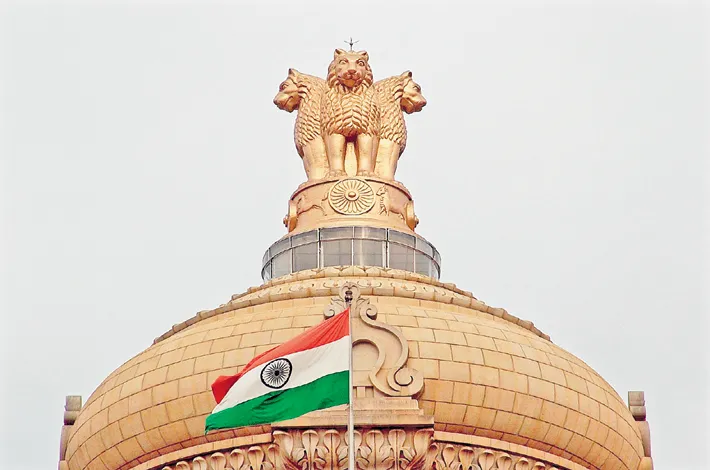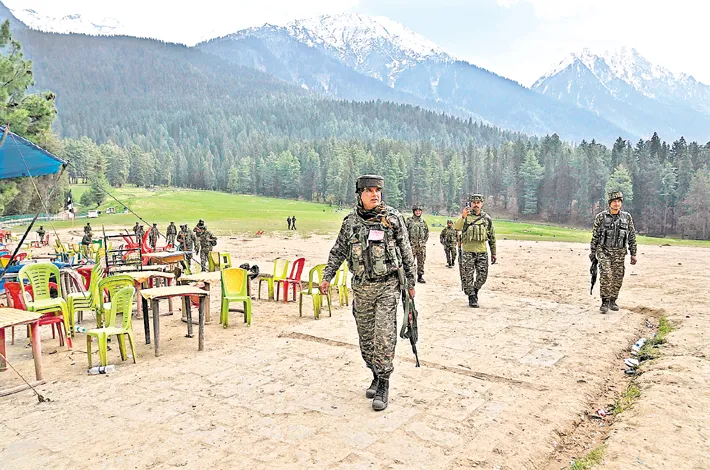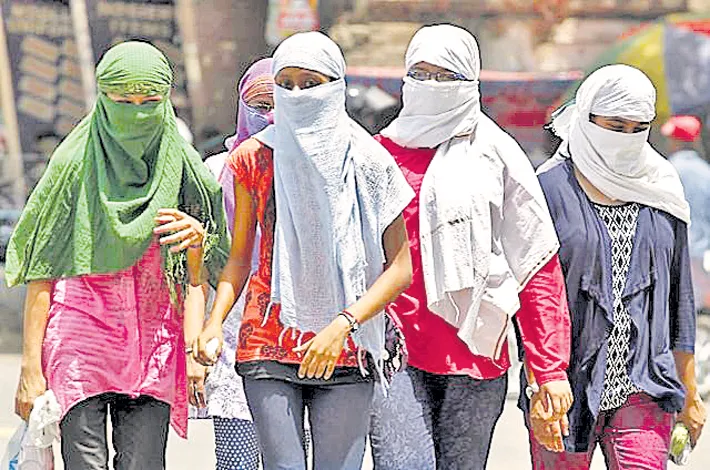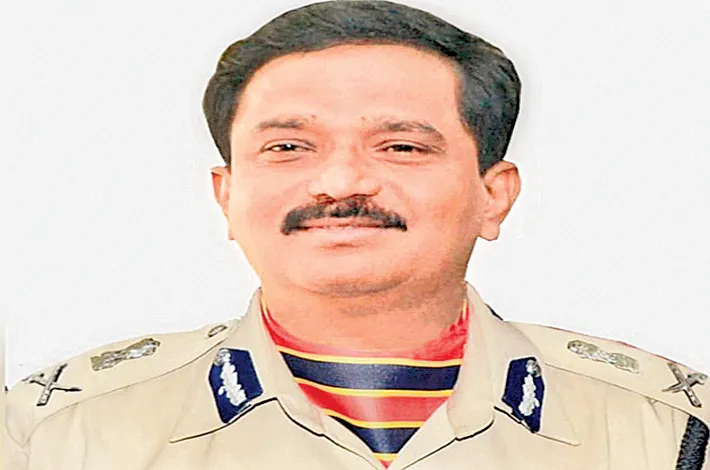Changing demographics of Civil Services in India
24-04-2025 12:00:00 AM

A Dalit officer tasked with tackling manual scavenging might bring urgency born from generational trauma
The recent Union Public Service Commission (UPSC) results quietly signal a tectonic shift within India’s bureaucracy. Among the 1,016 successful candidates, a significant portion—52%—belong to historically marginalized communities: 109 from the economically weaker sections (EWS), 318 from Other Backward Classes (OBC), 160 from Scheduled Castes (SC), and 87 from Scheduled Tribes (ST). The once homogenous ‘steel frame’ of India, largely dominated by the urban, upper-caste male elite, is slowly but steadily transforming.
This is more than a change in demographics; it is a sign of deeper democratization. Years of affirmative action, increased access to education, proliferation of digital learning platforms, and a surge in social awareness have opened the gates of the civil services to voices long excluded. These aspirants are not just seeking individual mobility—they are carrying the collective aspirations of their communities.
The Long March to Representation
Behind the statistics lie stories of extraordinary resilience. Take Shakti Dubey, who cleared the exam on her fifth attempt, overcoming personal tragedies and surviving on minimal resources. She is not alone. Across India, sons and daughters of sanitation workers, farmers, single mothers, and daily wage laborers are walking into interview halls with conviction—and walking out as future administrators.
Their entry matters. When administrators come from diverse lived experiences, policy has the potential to become more inclusive and humane. A Dalit officer tasked with tackling manual scavenging might bring urgency born from generational trauma. A woman leading rural development efforts might prioritize menstrual health, women’s safety, or childcare infrastructure—issues that have long been overlooked or underfunded.
Empathy in action
We’ve already seen what empathetic leadership can achieve. Arunmozhi Devi, a Dalit IAS officer from Tamil Nadu, advocated tirelessly for land rights and challenged entrenched caste discrimination in governance. Smita Sabharwal, an IAS officer in Telangana, introduced the “Fund Your City” initiative, encouraging public participation in urban development.
Kiran Bedi transformed Tihar Jail’s punitive environment into a rehabilitative space. T.V. Anupama in Kerala took on powerful food lobbies to ensure consumer safety. These officers illustrate that diversity in administration is not merely symbolic—it fosters innovation, accountability, and connection with grassroots realities.
A double-edged sword?
Yet, the journey ahead is fraught. The Indian bureaucracy remains a hierarchical and often unyielding structure, susceptible to political interference, corruption, and inertia. Without meaningful reform, there is a danger that new faces might simply blend into the existing machinery, rather than transform it. As Dr. B.R. Ambedkar cautioned, governance must work for the “last man in the queue.” Diversity without empowerment risks becoming mere tokenism.
Reimagining Governance
The hope lies in the courage and clarity of these new entrants—and the support they receive from civil society, media, and the judiciary. If these officers are allowed to lead with integrity and empathy, they can catalyze systemic shifts from within.
The quiet revolution underway in UPSC examination halls is not just about who passes the exam—it is about who gets to participate in shaping India’s future. It is about reclaiming the republic’s founding promise of justice, liberty, equality, and fraternity.
-A.L.Sharada, Trustee, Population First








